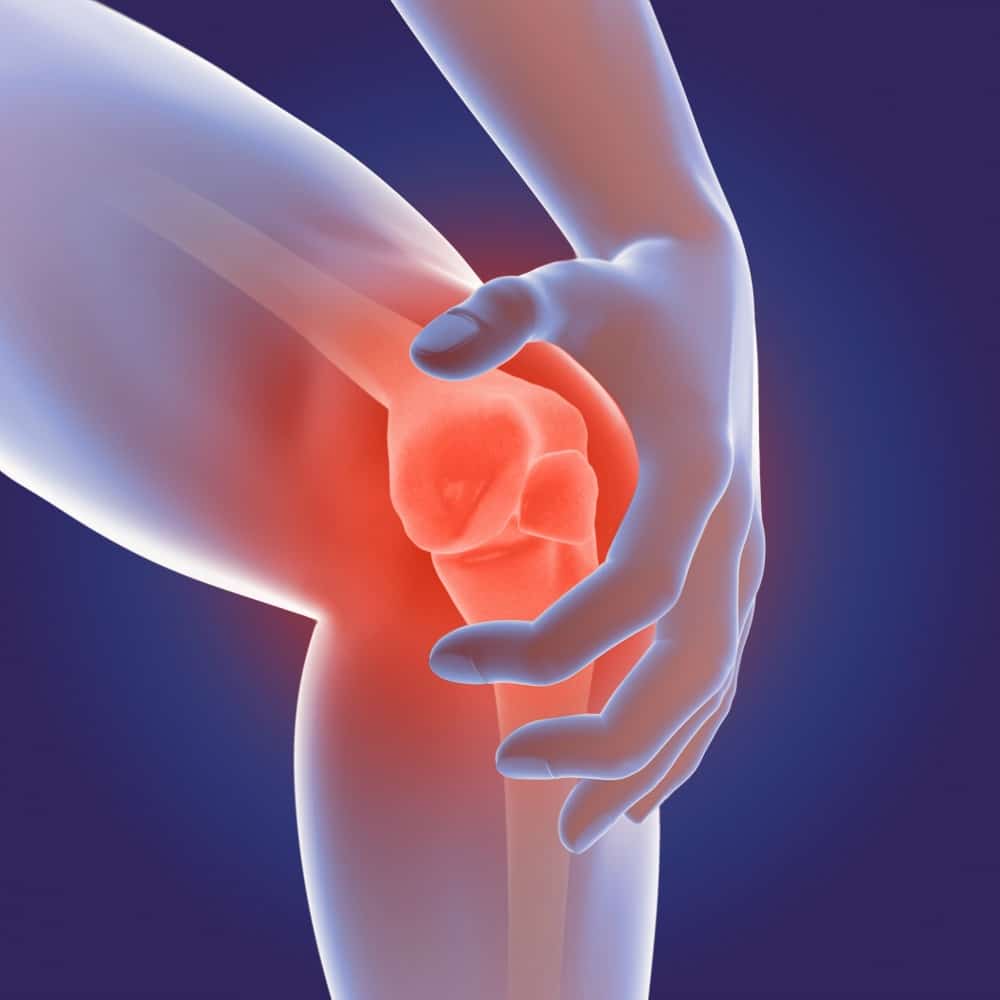Osteoarthritis plagues millions of older adults throughout the world. It is the most common type of degenerative joint disease. Commonly referred to as “OA”, osteoarthritis is an inevitability for many people. It occurs as the rubber-like cartilage that protects the ends of human bones gradually breaks down. It eventually leads to a situation where bones rub against one another as little, if any, cartilage remains. OA can occur in any of the body’s joints. However, it is more common in the hips, knees, spine, and hands.
OA sounds like a particularly gruesome condition with painful bone-on-bone contact yet hope is available. Patients currently use physical therapy, pain relievers, cortisone injections and even surgery. Scientists have recently pinpointed stem cells as a possible catalyst for OA healing.
How the Human Body Might be Able to Heal Itself
Emory Orthopaedics and Spine Center physicians made waves five years ago when they launched regenerative stem cell therapy. This is a form of treatment for OA as well as related joint maladies. It makes use of the patient’s stem cells to remedy damaged tissues, minimize pain and hasten the healing process. Stem cells are taken from the patient’s body with a needle. These stem cells are derived from abdominal fat and/or the hip’s bone marrow. They are then placed in a centrifuge and spun in a rapid manner to generate a concentrate. This process isolates the stem cells. These cells are injected right back into the patient’s compromised joint minutes later. This reapplication of stem cells catalyzes the healing process.
The use of stem cells takes about an hour and a half. The best part is it involves minimal comfort and produces few side effects for the vast majority of patients. The stem cells are taken from the patient himself in order to decrease the odds of rejection. This method of treatment has proven quite effective, helping patients enjoy a substantial improvement in joint health in as little as one month.
Stem Cells: The Darling of Regenerative Medicine
The medical community is quickly determining stem cells enhance the healing process better than other treatments. The predecessor was platelet-rich plasma for the treatment of OA and joint damage. This method debuted nearly a decade ago. Stem cell therapy launched in 2012 and has proven incredibly effective. Stem cells are highly specialized cells that can replicate themselves and potentially differentiate into different cell types for varying functions within the body.
Though there are numerous different stem cell types, those that help promote ligament, tendon and cartilage healing are referred to as mesenchymal stem cells. The human body has a substantial amount of these cells available to repair damaged tissues. Though there is minimal evidence that adding a concentration of such cells can replace joint cartilage that has been lost, they serve as important signaling cells that promote the transmission of proteins like cytokines. These are molecular harbingers that mitigate cartilage degeneration and control pain.
Advancements in stem cells might eventually make it the optimal means of repair for cartilage cells. Such cells are damaged due to everyday wear and tear, sports participation, obesity, and genetics. As of now, stem cells have proven quite effective in reducing the stiffness and pain tied to OA. It is an excellent alternative to total joint replacement surgery and pain relievers.
The FDA’s Take on Stem Cells
Certain medical professionals consider stem cells to be an experimental treatment. The FDA is now attempting to determine how the number of stem cell therapies should be regulated. Unfortunately, many types of insurance do not cover stem cell treatments. Stay tuned for more developments.




